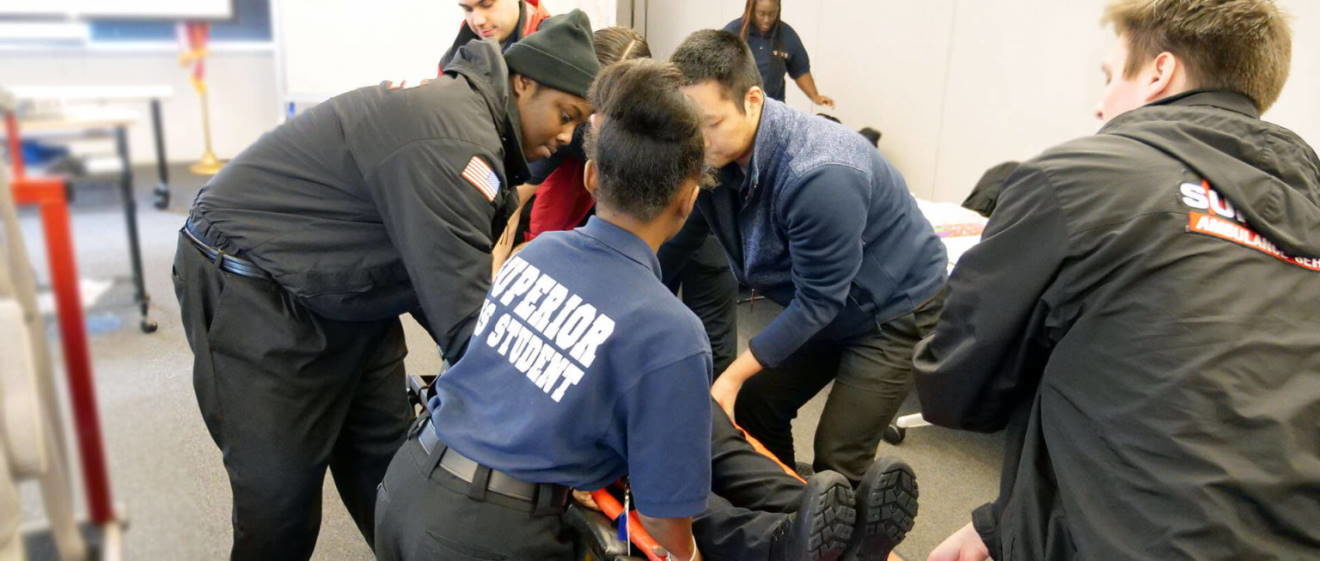How To Become An Emergency Medical Technician
If you’re looking to become an EMT you are in the right place. This article will inform you about all the requirements needed to start your career as an EMT, where to take EMT Classes, what you’ll learn in those classes, and what kind of procedures and duties EMTs perform during their shifts.
Requirements for EMTs
You don’t need a college degree for a career as an EMT, but you do need to complete EMT training to obtain all the skills and knowledge necessary to do the job. The good news is that training does not take as long nor cost as much as traditional college classes.
Once you complete your EMT classes and training, you’ll need to pass the National Registry (NREMT) exam in order to obtain your license.
Other requirements to become an EMT include:
- Proof of high school diploma, GED, or equivalent
- CPR certification
- 18 years of age minimum
- Pass physical, lift test (140 lbs.) and drug screen. Provide Immunization Record
- Pass criminal background check
- A valid Driver’s License and good driving record
- Ability to read/comprehend at a college level

EMT Classes and Training
You’ll need to enroll in EMT Classes, also known as an EMT Certification Program, in order to gain all the knowledge and skills needed to obtain your state license. As we previously mentioned, EMT classes are not as costly or time-consuming as the traditional college education, which takes years to complete. Most of the EMT Certification Programs at Superior Ambulance take about 12 weeks to complete.
After you pass the Emergency Medical Technician program you need to pass the National Registry exam in order to get your license. Once you have your license you are fully ready to begin your EMS career.
Now for the big question: how much do EMT Classes cost? Superior Ambulance offers free EMT classes. The only caveat is students that who complete our EMT program agree to stay with the company for one year of service after they obtain their license.
Let’s sum that up: we offer free EMT classes that prepare you for the national exam to get your license. Once you pass the exam you are immediately hired as a Superior Ambulance EMT.

What You Need to Know to Become an EMT
Here is a brief list of some of the things you will learn about while taking EMT classes:
- Medical terminology
- Pharmacology
- Patient assessment
- Airway management
- CPR
- Cardiovascular emergencies
- Toxicology
- Head and spine injuries
- Transport operations
- Vehicle extrication
- Proper ambulance driving and safety procedures
What Do EMTs Do?
Here are some of the duties and procedures that EMTs perform on the job:
- Lifting and moving patients
- Taking blood pressure and other patient vital signs
- Using an EpiPen
- Administering oxygen
- Using an AED or automated external defibrillator
- Using a BVM or bag valve mask
- Applying tourniquets and splints
- Applying C-Collars and using backboards
- Assessing traumas and other patient conditions